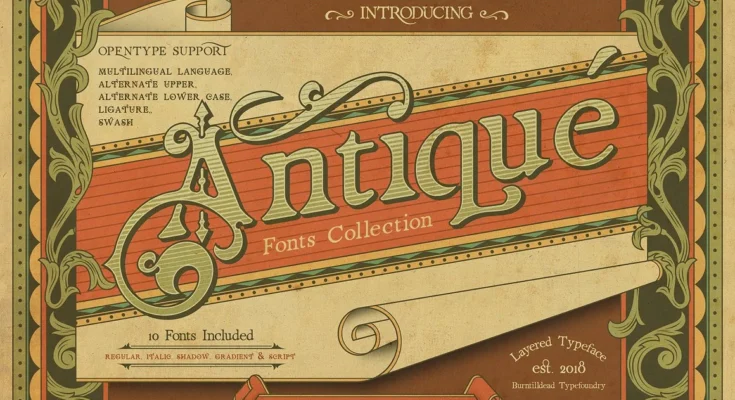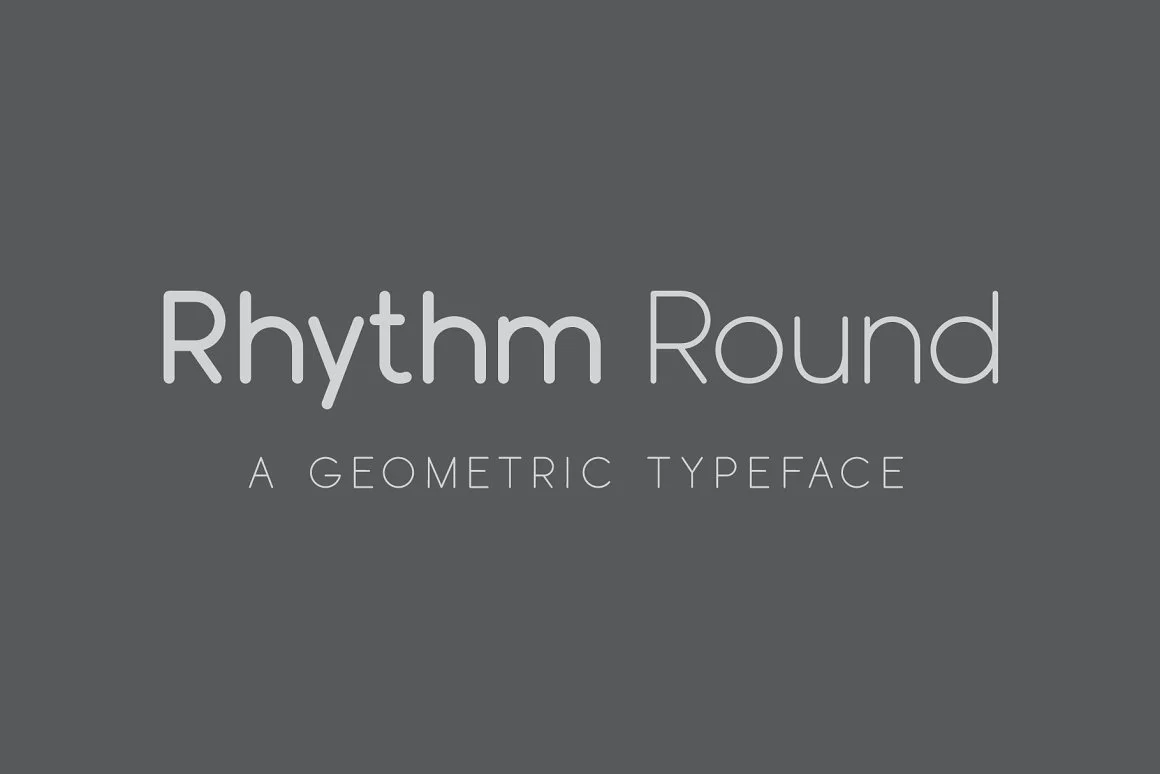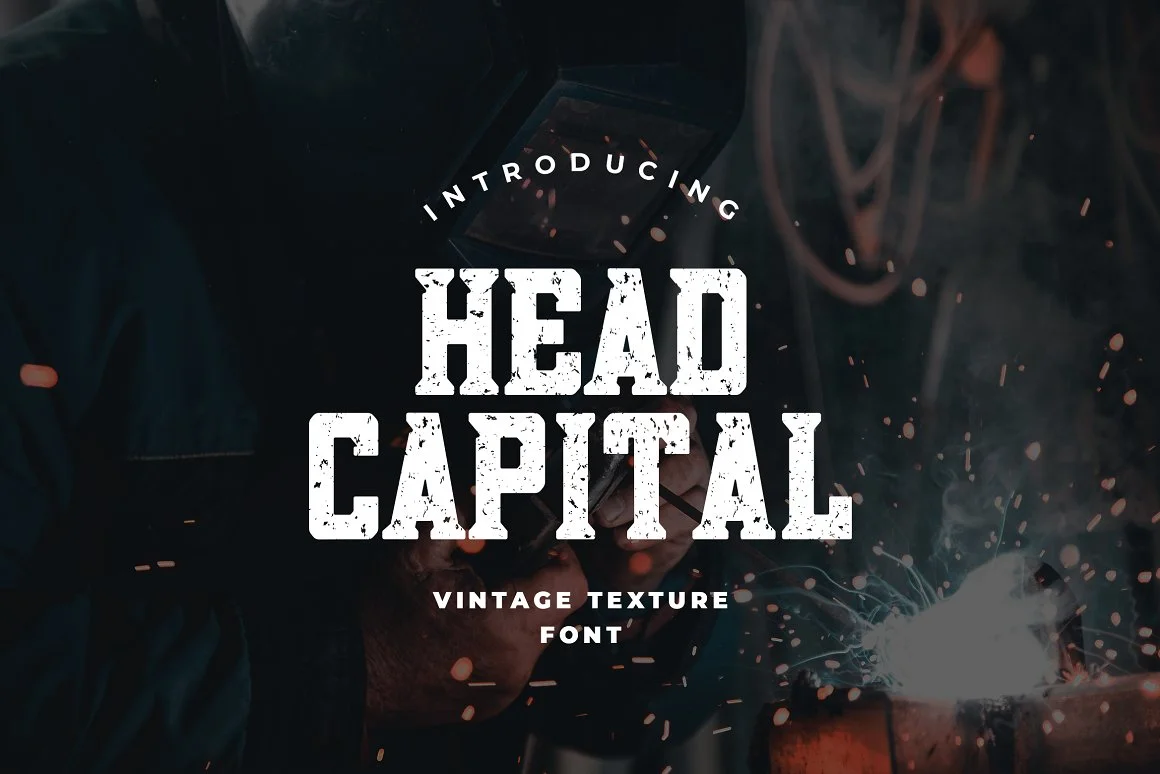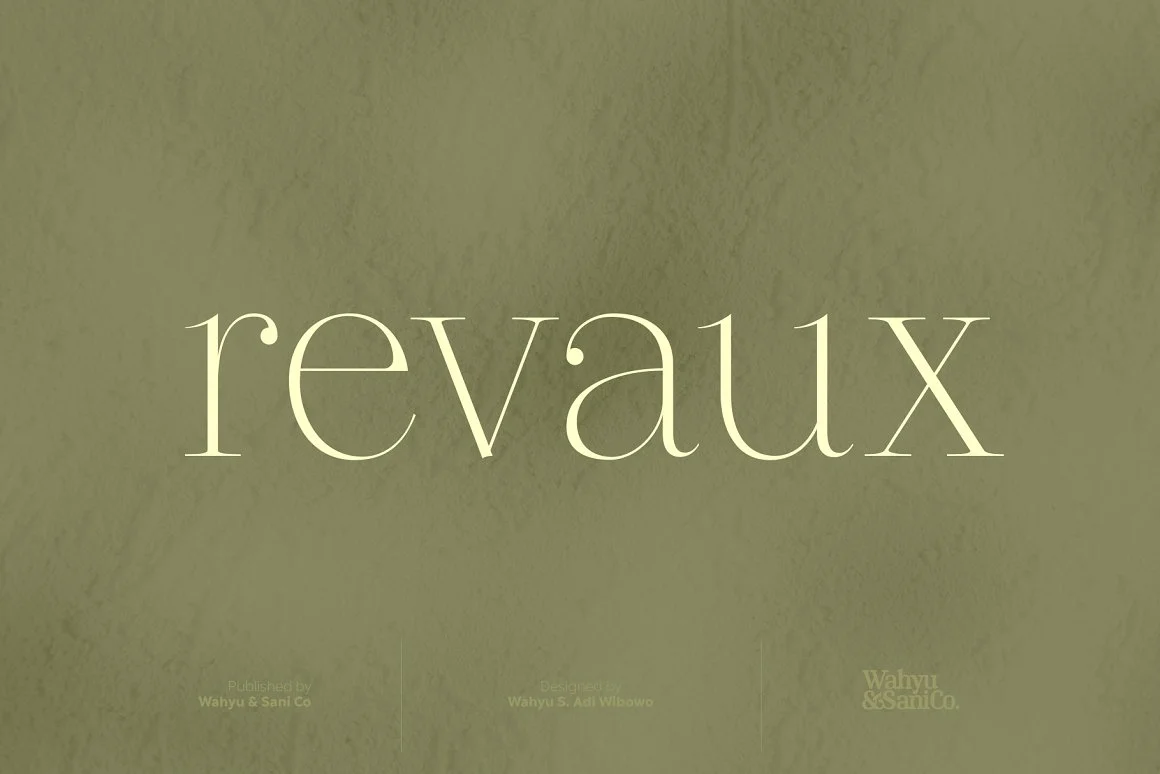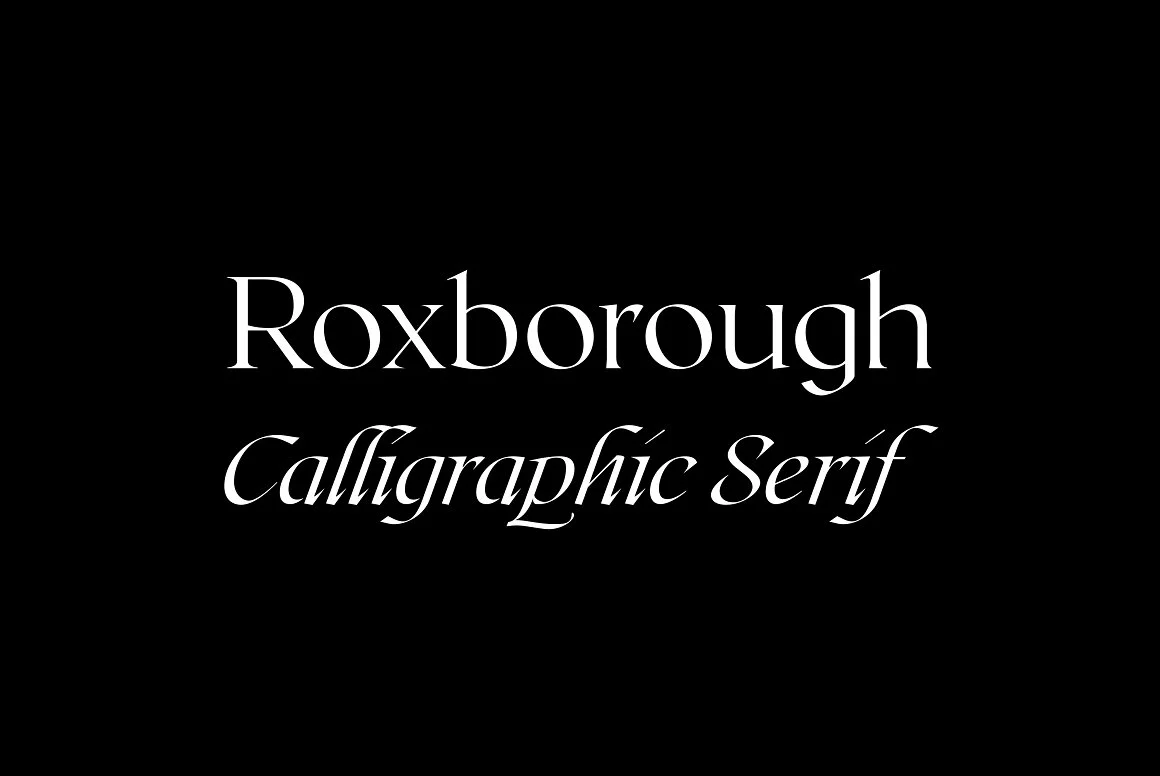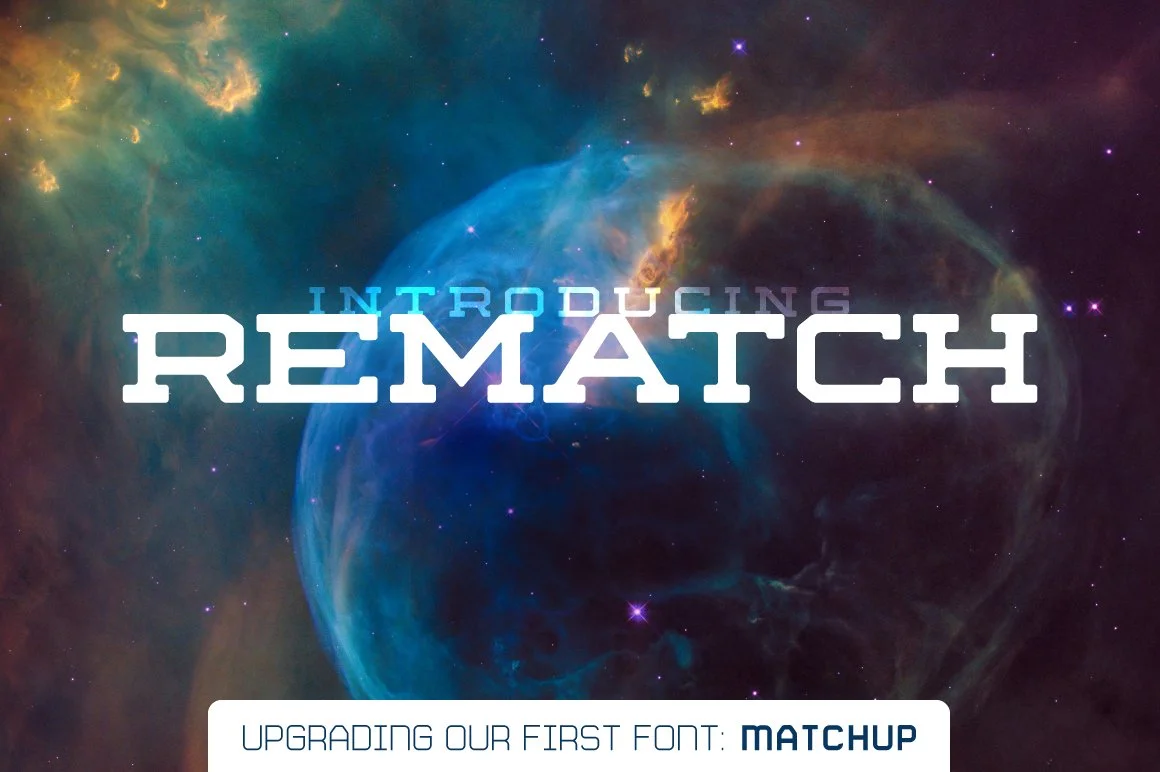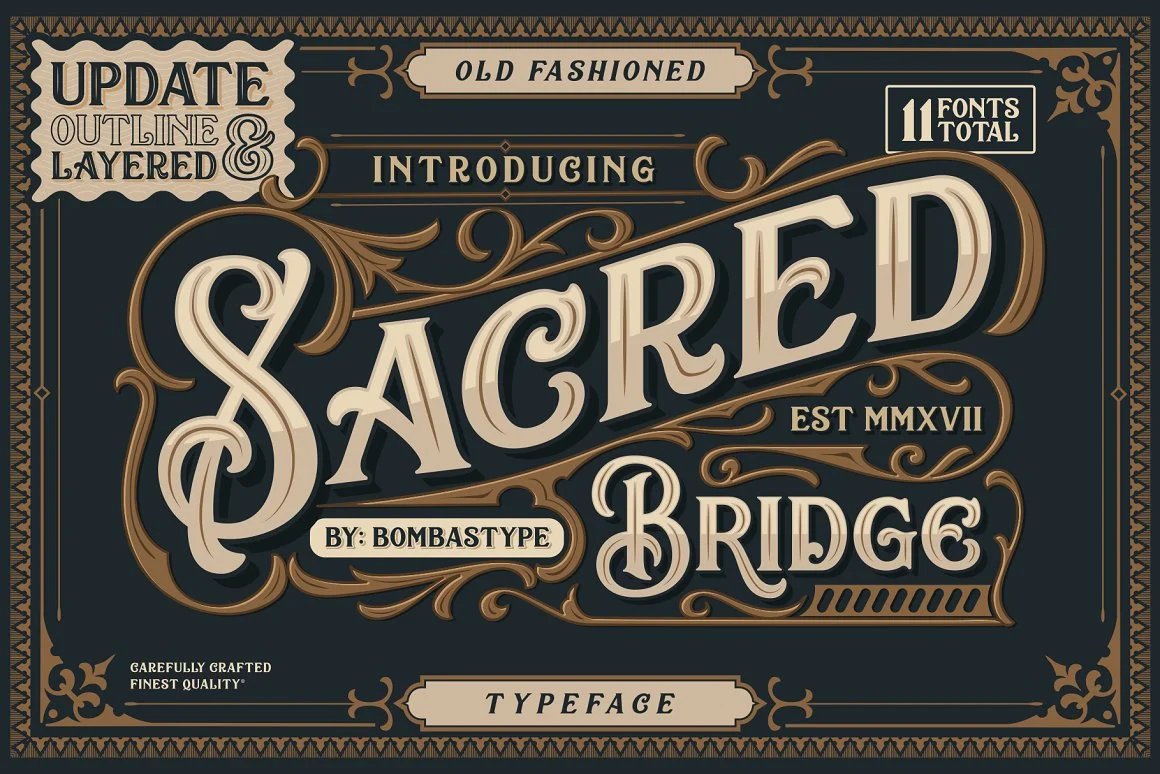Did you know that more than half of the top 191 font types are serif fonts? These fonts have small strokes at the end of each letter. They look traditional, refined, and sophisticated. Among them,Renaissance Font shine because they mix old charm with a modern look.
Renaissance fonts take inspiration from the Renaissance’s humanist calligraphy and Venetian typefaces. Their historic yet readable style makes them perfect for modern designs. The famous fonts like Garamond, Caslon, and Baskerville have been kept fresh for today’s designs.
Using Renaissance fonts in projects can really grab people’s attention. They can make text in any project look more sophisticated, refined, and elegant. Whether for headlines, regular text, or for added style, these fonts add that special touch.
These transitional fonts are beloved for their mix of old and new. They stand out for their versatile elegance in all forms of design.5
Also Read More>>> Demanio Display Typeface
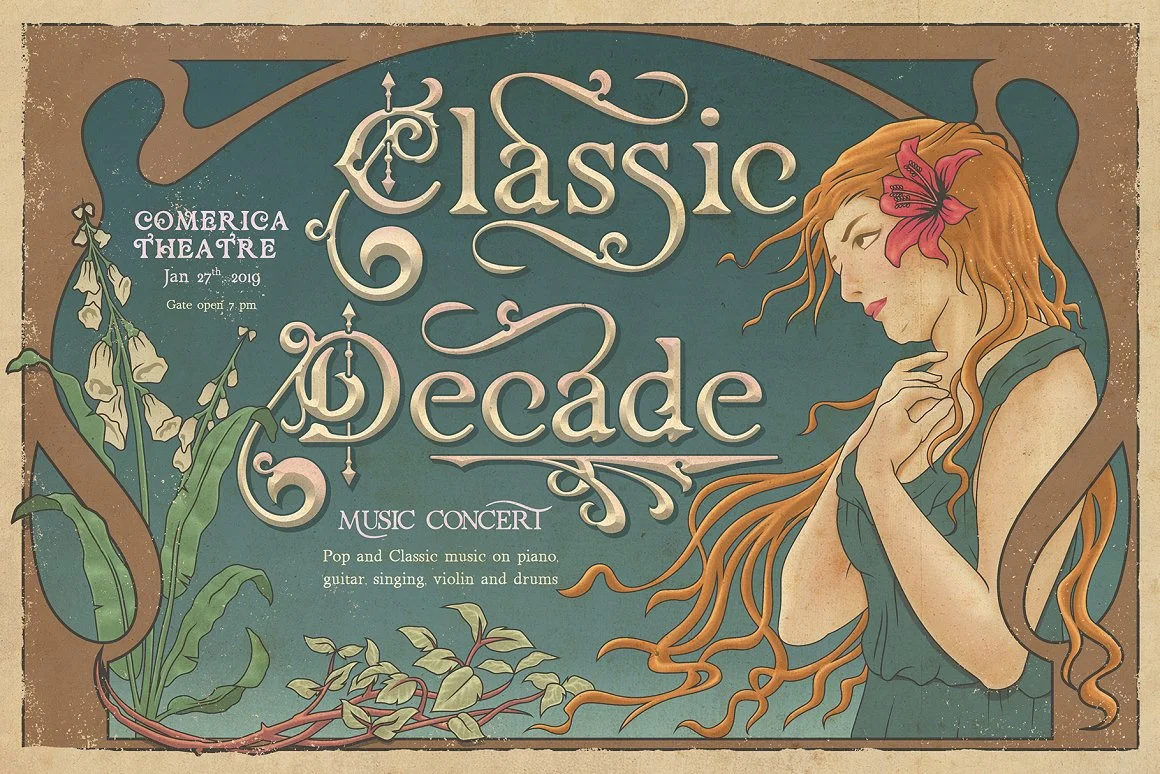
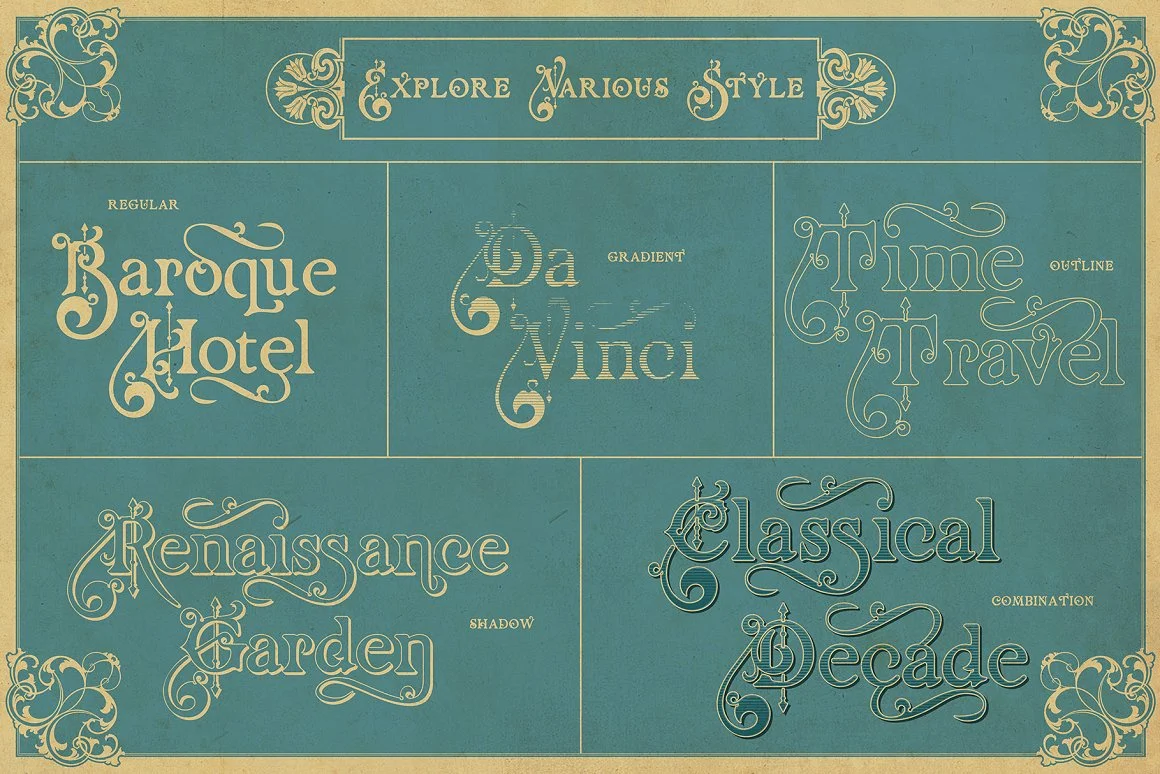
Unveiling the Timeless Allure of Renaissance Fonts
In the world of printing, serif fonts are key, especially for long texts in books and newspapers. They have little lines at the ends of their letters, called serifs, which make them look classic and sophisticated. The Renaissance fonts stand out for their everlasting beauty. Inspired by humanist calligraphy and Venetian typefaces from the Renaissance, they are easy to read and feature timeless designs.
Garamond is a standout Renaissance font family, representing French style from the 1500s. It’s known for its grace and readability in print. Though many have tried to bring back Garamond, EB Garamond’s revival in 2011, by Georg Mayr-Duffner, shines. This version includes more than just Roman characters. With italics, Greek, and Cyrillic too, thanks to Robert Granjon. Open-source, it’s beloved by designers for its timeless appeal, fitting various projects.2
Besides Garamond, fonts like Caslon and Baskerville have also left a lasting mark. Caslon was crafted by William Caslon in the 1700s for a refined look. On the other hand, Baskerville, from the mid-1700s by John Baskerville, features sharp contrasts. These transitional fonts have found uses across the years and are still popular in designs today.

Elevating Your Designs with Renaissance Fonts
Modern designers have the benefit of using old typography. This lets us make designs that are both beautiful and powerful. Out of the many font styles available,7 the Renaissance fonts are a perfect mix of elegance and today’s style.
Renaissance fonts come from the beauty of humanist writing and the Venetian style of the 15th and 16th centuries.7 They add a touch of class and refinement to our work. Famous font families like Garamond, Caslon, and Baskerville help us make designs that really catch people’s eyes.
Using Renaissance fonts for titles, text, or details can transform our designs.8 They bring sophistication, are easy to read, and follow design rules well. By using these fonts wisely, we can bring classical beauty into our modern work.

